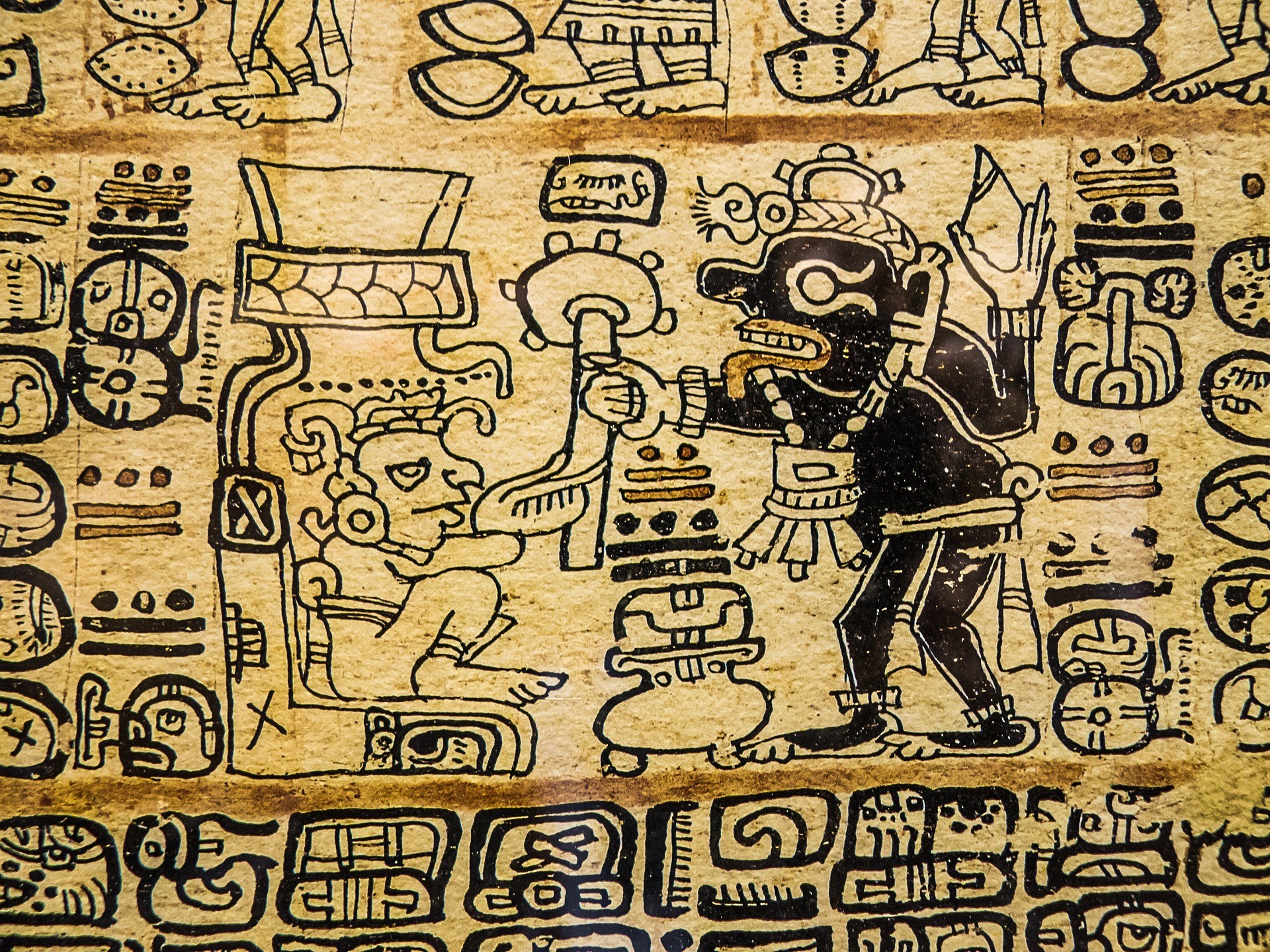
From chocolate to maracas: surprising Spanish words from the Americas
Discover how words like chocolate, barbacoa, and maraca entered Spanish from Indigenous American languages. Fascinating and fun Spanish learning!
Home » Blog » Vocabulary » The difference between “ser” and “estar” is easy (or “está” easy?)

One of the moments that bring the biggest grimaces to our students’ faces is when ser and estar show up. It’s tough to realize that the verb to be has a split personality in Spanish—and that alone can throw us off before we’ve even received more information. While many students keep their cool, others struggle more, and it becomes a long-term challenge. This blog is here to help you overcome that fear.
The verb ser is generally used to define things. It’s the verb we use to express the characteristics of an object, to classify it, to identify it. This includes things like type, origin, brand, or relationship.
On the other hand, we use estar to talk about the subject’s situation—how or where someone or something is.
Sometimes this rule is easy to apply, but other times we run into trouble—especially when the same adjective can go with either ser or estar. In those cases, it’s not about grammar correctness, but about meaning.
For example:
Ser abierto is not the same as estar abierto
Ser bueno is different from estar bueno
And that’s where the confusion begins.
In general, when we use ser + adjective, we’re referring to a permanent or essential quality of the subject—something that defines them, part of their identity or nature.
Examples:
Luis es simpático
Esta mesa es redonda
El libro es interesante
In all these cases, the adjective describes a feature that doesn’t depend on the moment or a specific situation.
When we use estar + adjective, we’re talking about a temporary state, a circumstance, or the result of a change.
Examples:
Luis está cansado
La mesa está sucia
El libro está cerrado
These aren’t essential qualities of the subject, but rather how it is at a specific moment in time.
The problem arises when the same adjective can be used with both verbs. In those cases, the meaning changesdepending on the verb you choose.
Let’s look at a few examples:
Es listo = He/She is intelligent (permanent trait)
Está listo = He/She is ready (temporary state)
Es malo = He/She has a bad character or is a bad person
Está malo = He/She is sick, or something is in bad condition (like food)
Es verde = It is green (as a characteristic)
Está verde = It’s unripe or not ready yet (literally or metaphorically)
These shifts in meaning are not random—they follow the logic of the verbs:
Ser classifies, defines, and describes identity
Estar locates, evaluates, and describes current state
That’s why your choice of verb can completely change what you’re saying. Understanding this distinction will help you express yourself more clearly and avoid misunderstandings.
As always, the key is to:
Observe the context
Practice with real-life examples
Reflect on the meaning you want to convey
We’ve included a short self-correcting test so you can check what you’ve learned and keep practicing this crucial distinction in Spanish.
If it still feels difficult, don’t hesitate to get in touch—we’d love to help you out in one of our classes. We’ll be happy to see you!

Discover how words like chocolate, barbacoa, and maraca entered Spanish from Indigenous American languages. Fascinating and fun Spanish learning!

Cuando estamos estudiando un idioma, uno de los mejores momentos es cuando nos encontramos que una palabra se dice igual o muy parecida en nuestro idioma materno. Sin embargo, en muchas ocasiones nos podemos encontrar con algunas palabras que suenan o se escriben muy parecidas en dos idiomas pero no tienen ninguna relación. Estas palabras son conocidas como falsos amigos y su nombre proviene de un término francés del primer tercio del siglo XX. Aunque parezca que lo más común es que los falsos amigos del español provengan de lenguas como el francés o el italiano, tenemos un montón de ejemplos en otras como en inglés o alemán. Exit – Éxito: Normalmente resulta muy difícil que nuestros estudiantes aprendan la palabra éxito. Lo que escuchamos habitualmente en clase es que

Si en las últimas semanas has ido por el parque del Retiro en Madrid, puede que te hayas sorprendido por la cantidad de personas que había allí. Toda esa gente estaba allí por la Feria del Libro, un evento que se celebra todos los años entre finales de mayo y principios de junio y que goza de mucha popularidad. Cada año las principales librerías, editoriales y autores se reúnen en el parque del Retiro del Madrid en una gran fiesta que dura varias semanas. En este evento, todos los visitantes pueden conocer a los escritores más famosos que visitan los diferentes puestos de la Feria del Libro para firmar algunos de sus títulos. Además, los libros que compres tienen un descuento, por lo que es habitual que veas mucha gente